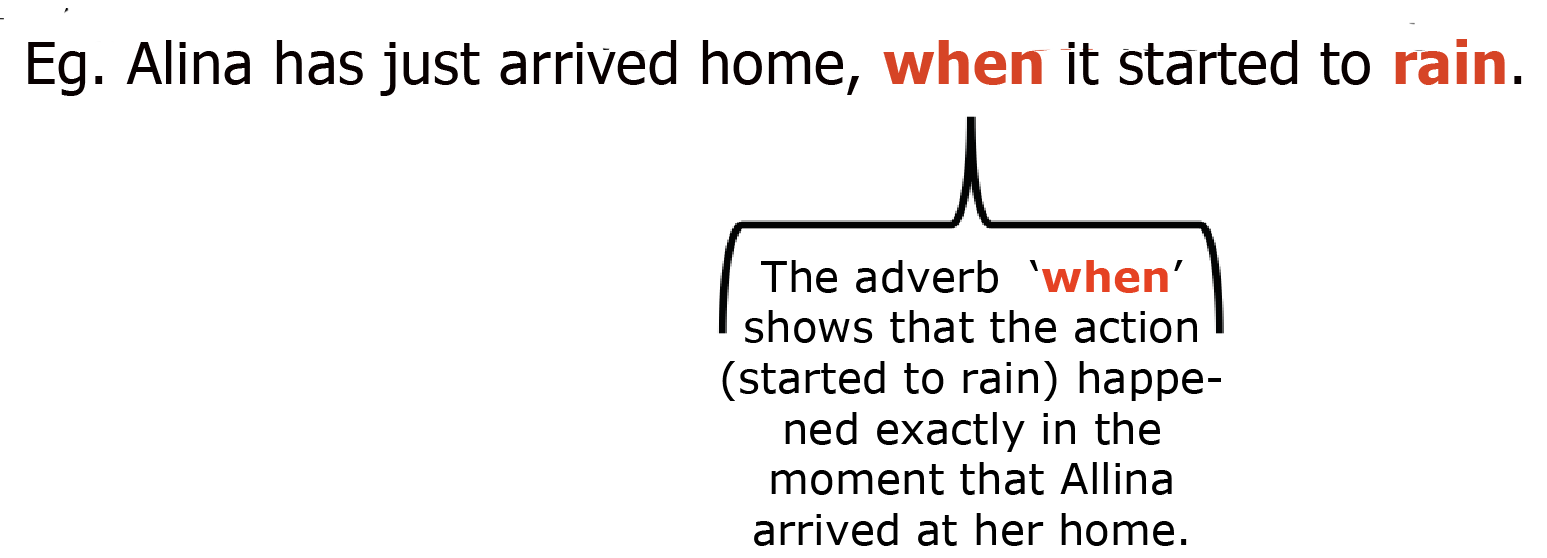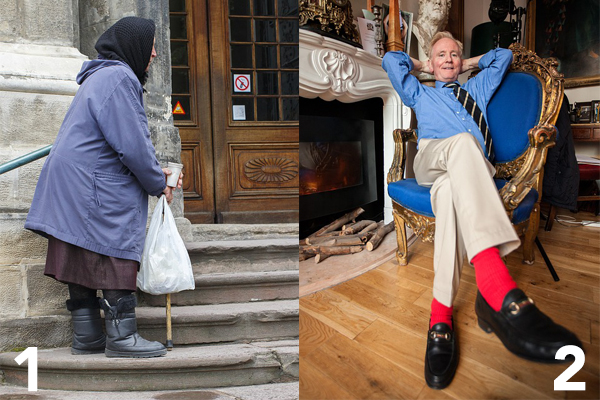1. Adverb clauses of time
An adverb clause of time shows when something happens. It is usually introduced by time adverbs: after, before, when, while, as, as soon as, since, until, by the time, once, as/so long as, whenever, every time (that), the first time (that), the last time (that), the next time (that).


Unsplash. (2015). Woman. Retrieved 16/03/17 from
https://pixabay.com/en/woman-umbrella-rain-raining-1030944
2. Adverb clause of cause-effect
An adverb of cause-effect indicates the cause or the effect that allows the event occurs. The verbs used The adverbs used are: because, now that, since.


SplitShire. (2014). Photographer. Retrieved 16/03/17 from
https://pixabay.com/en/photographer-tourist-snapshot-407068/
3. Adverb clause of contrast
These phrases express unexpected results. The adverb clause of contrast is the part of the sentence that includes the adverb of contrast and the result that wasn’t the expected considering the verb of the main sentence. The adverbs used are: even though, although, though.


Sharonang. (2016). Green Curry. Retrieved 16/03/17 from
https://pixabay.com/en/green-curry-curry-chili-hot-spicy-1736806/
3.1 Adverb clause of direct contrast
The phrases that express that are exactly the opposite. It is called then adverb clause of direct contrast to the part of the sentence that includes the adverb of direct contrast and the opposite of the verb or adjective of the main sentence. The adverb used is: while.


(1) Pavlofox. (2016). Woman. Retrieved 16/03/17 from
https://pixabay.com/en/woman-charity-request-poor-1240312/
(2) WikimediaImages. (2015). Allan Warren. Retrieved 16/03/17 from
https://pixabay.com/en/allan-warren-photographer-actor-872631/
4. Adverb clause of condition
The phrases that express possible conditions while the main sentence expresses the result. It is called then adverb clause of condition to the part of the sentence that includes the adverb of condition which expresses the range of possible conditions. The adverbs used are: if, unless, only if, whether or not, even if, in case.


Photoshot. (2016). Tobacco. Retrieved 16/03/17 from
https://pixabay.com/en/tobacco-cigarette-white-1175623/
4. Adverb clause of condition
The phrases that express possible conditions while the main sentence expresses the result. It is called then adverb clause of condition to the part of the sentence that includes the adverb of condition which expresses the range of possible conditions. The adverbs used are: if, unless, only if, whether or not, even if, in case.

